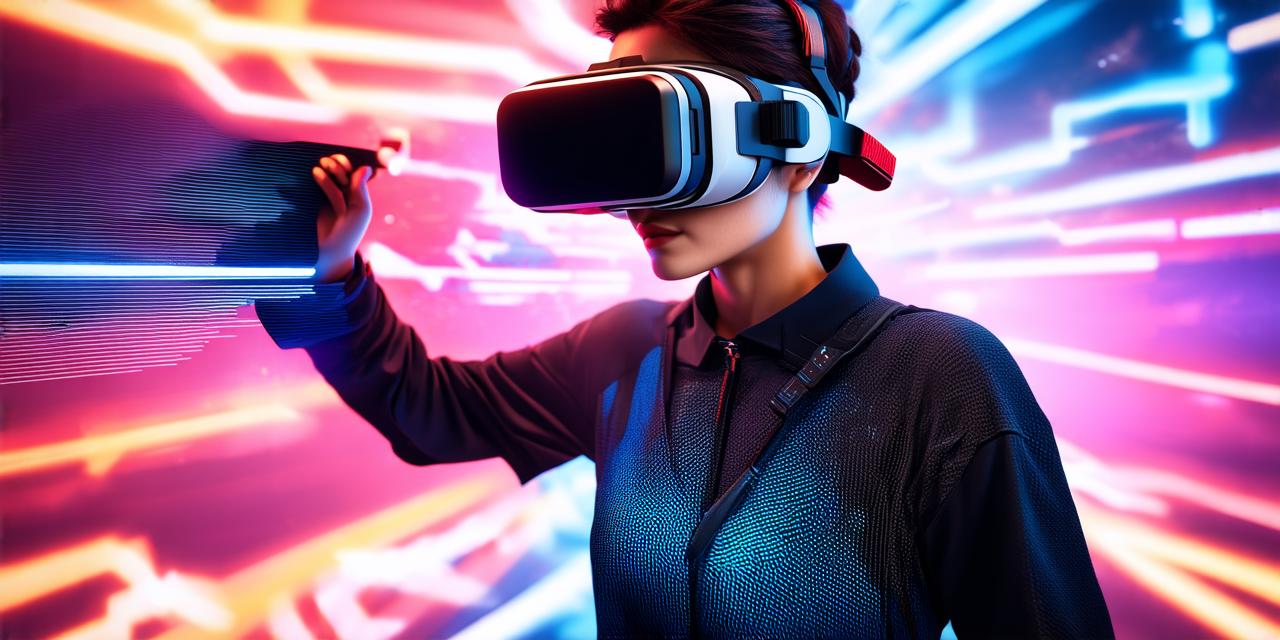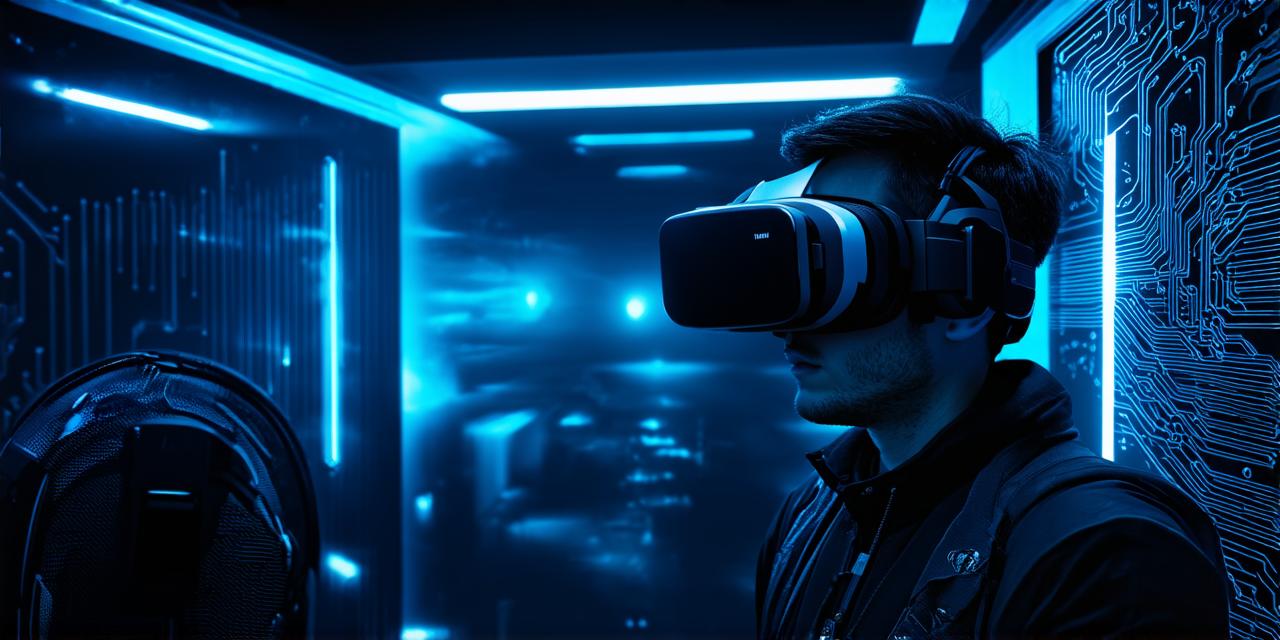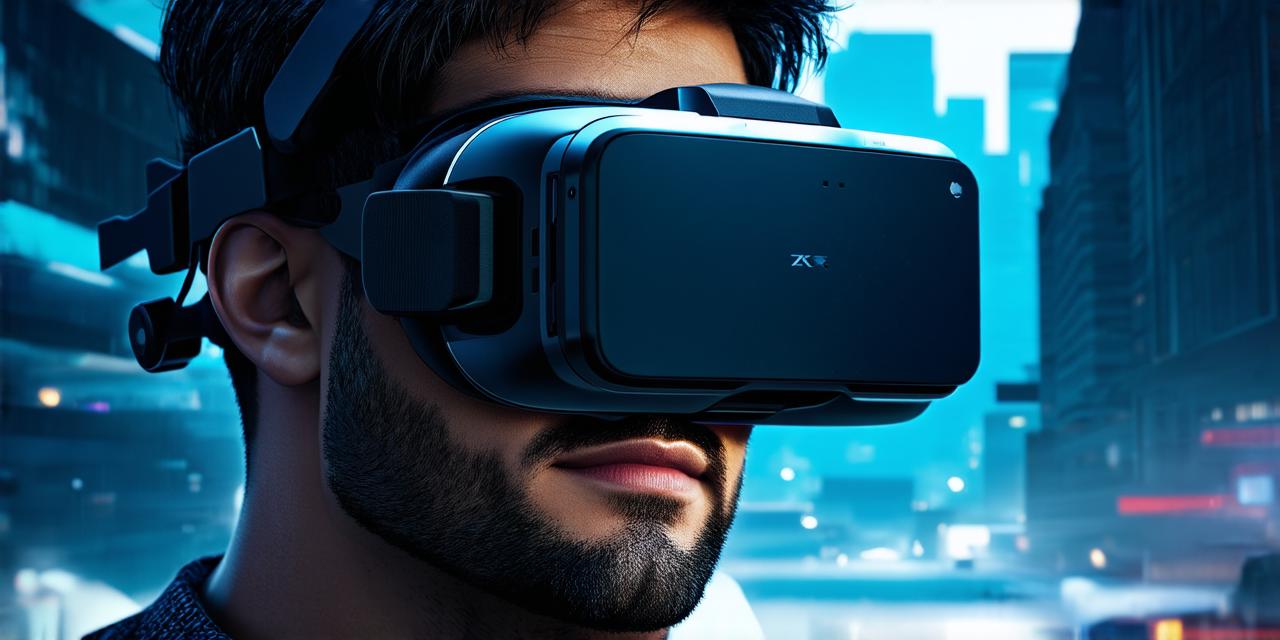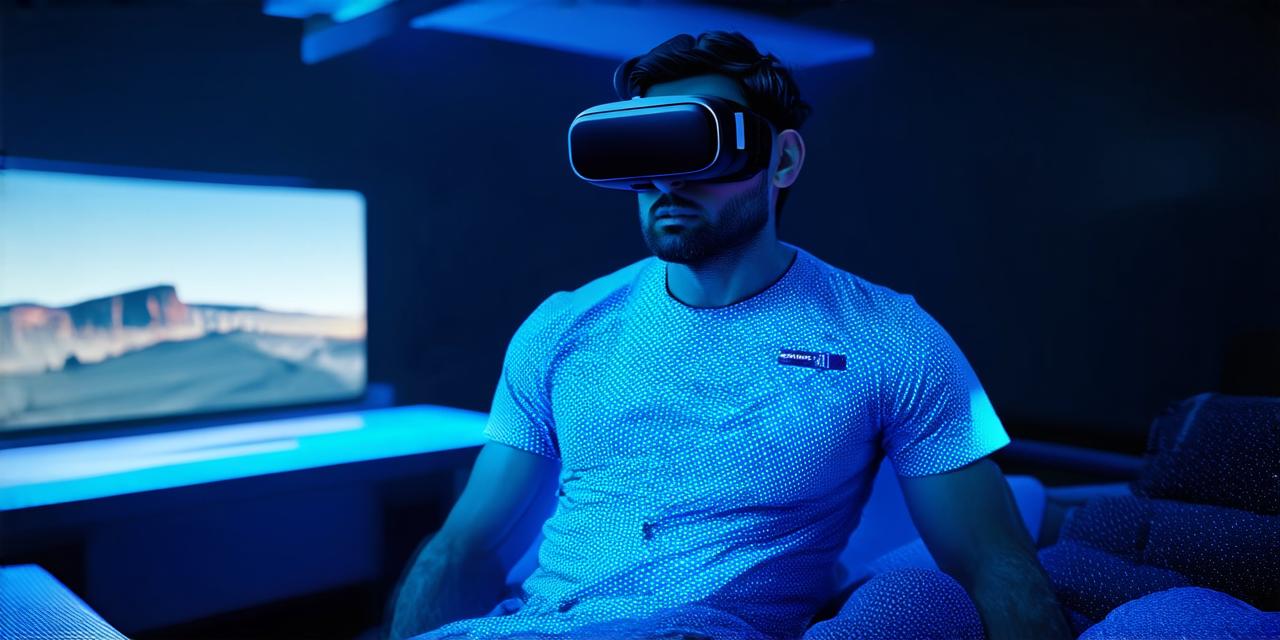Virtual reality (VR) is a rapidly growing technology that allows users to experience immersive, interactive environments in a simulated manner. In recent years, VR has been used in a variety of industries, from gaming and entertainment to healthcare and education.
Gaming and Entertainment
Virtual reality has revolutionized the gaming industry by providing users with immersive, interactive experiences that were previously impossible. With VR headsets and controllers, users can move around in a simulated environment and interact with objects and characters within the game. This technology has also allowed for the creation of new types of games, such as 360-degree films and virtual concerts.
Healthcare and Medical Training
Virtual reality is being used in healthcare to provide medical professionals with realistic simulations of real-world scenarios, allowing them to practice and hone their skills without risking patient safety. For example, VR can be used for surgical training, allowing doctors to practice procedures on virtual patients before performing them on actual patients. VR can also be used to treat phobias and post-traumatic stress disorder (PTSD) by exposing patients to simulated environments that trigger their fears in a controlled manner.
Education and Training
Virtual reality is being used in education to provide students with immersive, interactive learning experiences that can help them understand complex concepts more easily. For example, VR can be used to teach biology by allowing students to explore virtual specimens in 3D, or to teach history by allowing students to virtually walk through ancient cities and experience historical events as they occurred. Virtual reality is also being used for job training, such as training pilots or astronauts.
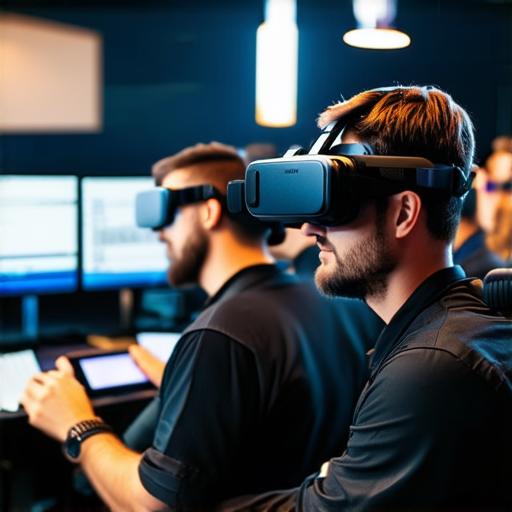
Tourism and Travel
Virtual reality can be used to provide immersive travel experiences that allow people to explore destinations around the world without leaving their homes. For example, a user could virtually walk through the streets of Paris or experience a safari in Africa from the comfort of their own home. This technology also has the potential to make travel more accessible and affordable, as users can experience different cultures and environments without needing to physically visit them.
Architecture and Design
Virtual reality is being used in architecture and design to allow designers to create and visualize building designs in a more realistic and immersive manner. With VR, architects can walk through virtual buildings and make changes in real-time, allowing them to quickly test different design ideas and see how they will look and function in a simulated environment. This technology has also allowed for the creation of new types of building designs, such as eco-friendly or modular structures.
Virtual reality is a powerful tool that has the potential to revolutionize many industries. As this technology continues to advance, we can expect to see even more innovative uses for VR in the future. Whether it’s in gaming, healthcare, education, tourism, architecture, or any other field, virtual reality is an exciting and promising technology that will continue to shape the way we live and work.
